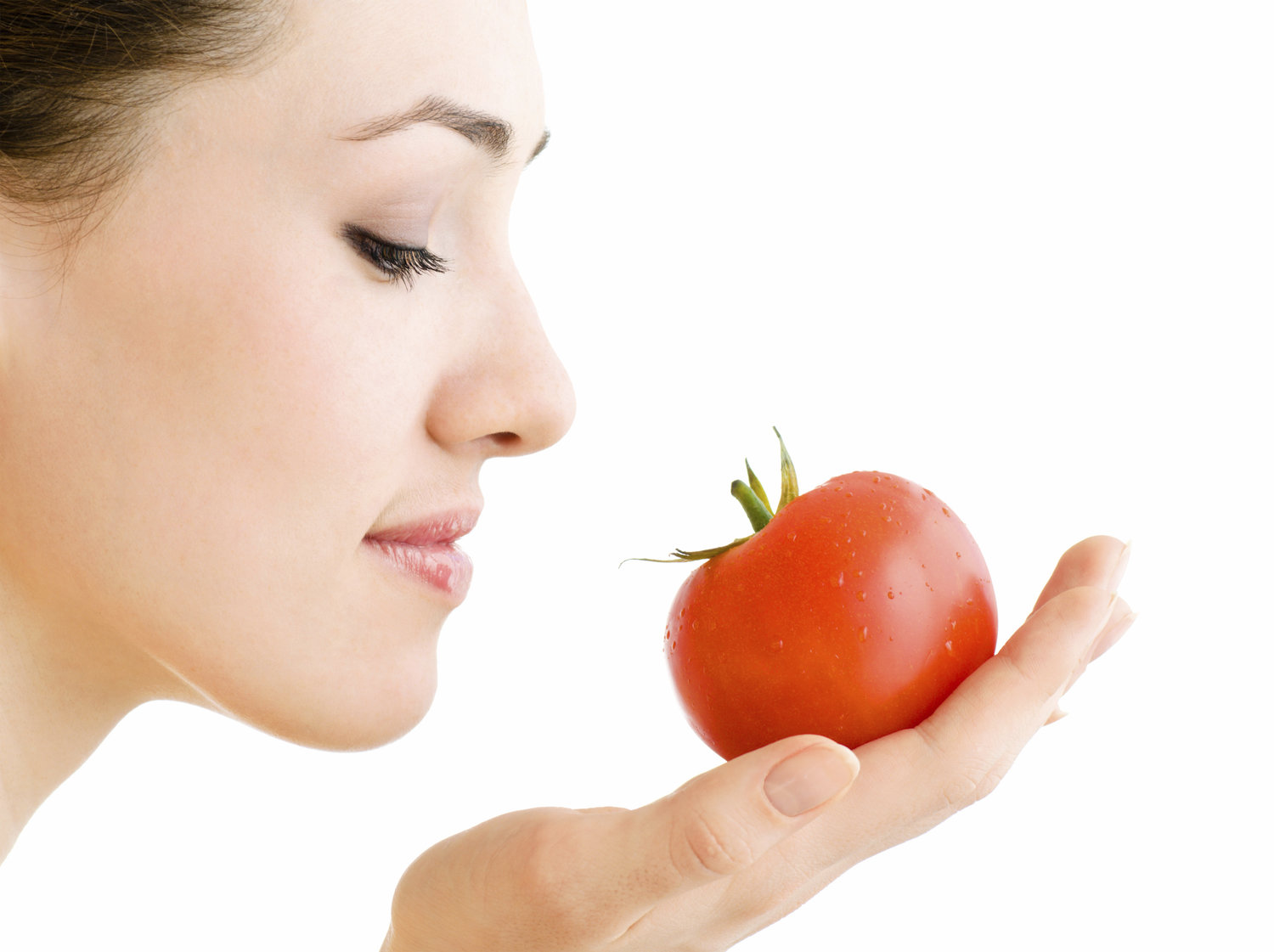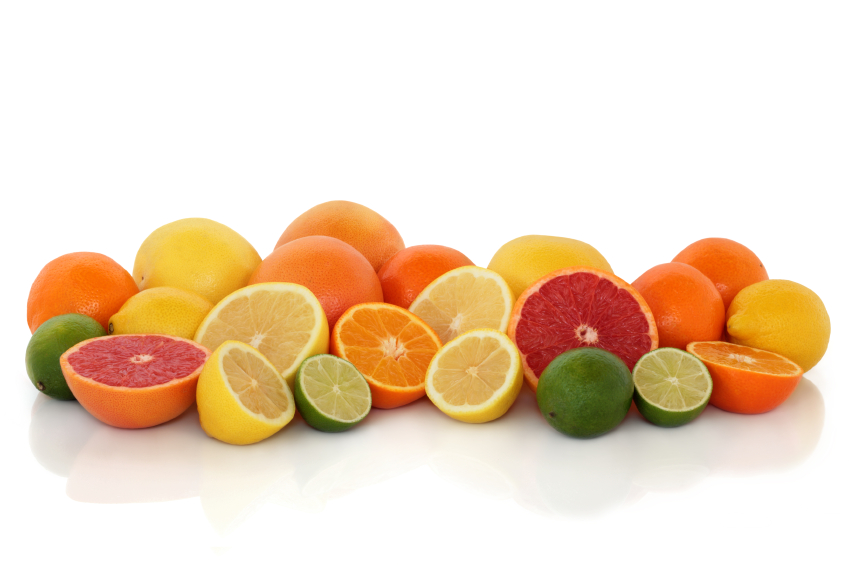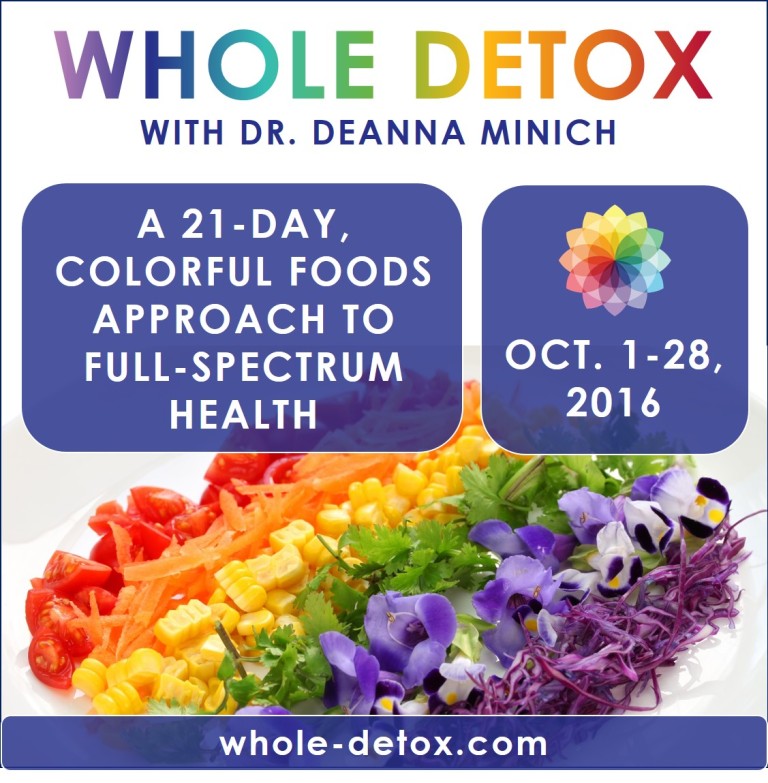Natural Remedies for Your Menopause Symptoms
Anti-Aging Foods For Menopause Beauty
Anti-aging foods can make you look years younger. You don't need plastic surgery or expensive spa treatments. Here are 7 anti-aging foods for menopause beauty.
1. Tomatoes Block Sun Damage
Lycopene in tomatoes acts as a natural sunblock. It prevents those dark brown sun spots on your face and hands. It also helps prevent dryness and wrinkles from ultraviolet radiation

Red or orange fruits and vegetables have high levels of lycopene. When you eat these foods, lycopene settles into your skin's outer layer. It repairs cells damaged by the sun.
In a Journal of Nutrition study people who ate tomato paste every day for 10 weeks showed less damage when they were exposed to UV radiation.
2. Chocolate Adds A Glow
Chocolate increases the blood flow to your skin. It can give you a youthful glow.
In one study women drinking cocoa every day significantly improved their appearance. Their skin was 16% denser... 11% thicker... 13% moister... 30% less rough... and 42% less scaly.
Make sure your chocolate is the best you can find. It should be at least 70% organic cacao.
3. Almonds Improve Skin Texture
Almonds are great anti-aging foods. They're rich in vitamin E. That's important because vitamin E get stored in the membranes of your skin cells. It fights off attacks by free radicals.
And vitamin E in almonds promotes oil production to keep your skin moisturized. It's the key to smooth skin. Other good sources of vitamin E include avocados, pumpkin seeds, and sunflower seeds.
4. Beef Fades Under-Eye Circles
Iron deficiency can make your skin appear very pale. That emphasizes the darkness under your eyes. So boosting iron levels can help fade under-eye circles.
Good sources of iron include grass-fed beef and liver.
5. Citrus Fruits: Anti-Aging Foods To Build New Collagen

Collagen is the basic underlying structure of your skin. Even in your 20s it can start breaking down. But vitamin C helps rebuild collagen and reduce wrinkles.
In a study of 4,025 women those eating more vitamin C foods had fewer wrinkles.
Besides oranges, grapefruits, and lemons, other great sources of the anti-aging vitamin C include strawberries, red bell peppers, Brussels sprouts, pomegranates, mangos, papayas, and kiwi fruit.
6. Watermelon Gives You Moist Dewy Skin
Watermelon is rich in antioxidants, vitamin C, and lycopene. But it also had lots of potassium that supports young, dewy skin. Potassium regulates the balance of water and nutrients in your cells.
Even though it's a summer fruit, watermelon is available year round. In warm weather, enjoy one or two cups every week.
7. Salmon Heals Dry Skin
Eating too little fat can lead to dry rough skin. Drinking water won't help if you don't also get enough healthy fats.
Salmon is rich in omega 3 fatty acids. A study in The American Journal of Clinical Nutrition found one serving of salmon every five days can prevent ugly, dry, precancerous patches called actinic keratoses.
But make sure your salmon is wild-caught. Farmed salmon won't have the same omega 3 benefits.
Click here for more on foods for menopause.
Sources:
Heinrich U et al, “Long-term ingestion of high flavanol cocoa provides photoprotection against UV-induced erythema and improves skin condition in women.” Journal of Nutrition (Vol 136, pp 1565-1569) Pubmed 16702322
Maeve C Cosgrove et al, “Dietary nutrient intakes and skin-aging appearance among middle-aged American women.” Am J Clin Nutr October 2007 vol. 86 no. 4, 1225-1231
Stahl W et al, “Dietary tomato paste protects against ultraviolet light-induced erythema in humans.” J Nutr. 2001 May;131(5):1449-51. Pubmed 11340098
Maria Celia B Hughes et al, “Food intake, dietary patterns, and actinic keratoses of the skin: a longitudinal study.” Am J Clin Nutr April 2009 vol. 89 no. 4, 1246-1255





